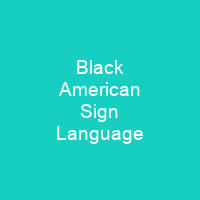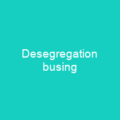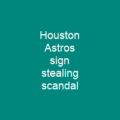BASL is a dialect of American Sign Language used most commonly by deaf African Americans in the United States. The divergence from ASL was influenced largely by the segregation of schools in the American South. BASL tends to have a larger signing space, meaning that some signs are produced further away from the body than in other dialects. Signers of BASL prefer two-handed variants of signs, while signers of ASL tend to prefer one- handed variants.
About Black American Sign Language in brief

was founded in 1817 but did not admit any black students until 1952. Despite the decision in Brown v. Board of Education, which declared racial segregation in public schools to be unconstitutional, integration was slow to come. As schools began to integrate, students and teachers noticed differences in the way black students and white students signed. Even after these states outlawed segregation by 1900,. integration was sparse, as some institutions allowed blackStudents and others did not. Black deaf children became a language community isolated from white deaf children, with different means of language socialization, allowing for different dialects to develop. As deaf education and sign language research evolve, so did the perception of ASl. BASL began to be recognized as a legitimate language, and it is now considered a prestige language by many signers in the South. It is also used by some signers to code code to a different group of people, with BASL speakers to switch to a prestige sign language when speaking different people’s languages.
You want to know more about Black American Sign Language?
This page is based on the article Black American Sign Language published in Wikipedia (as of Dec. 04, 2020) and was automatically summarized using artificial intelligence.







